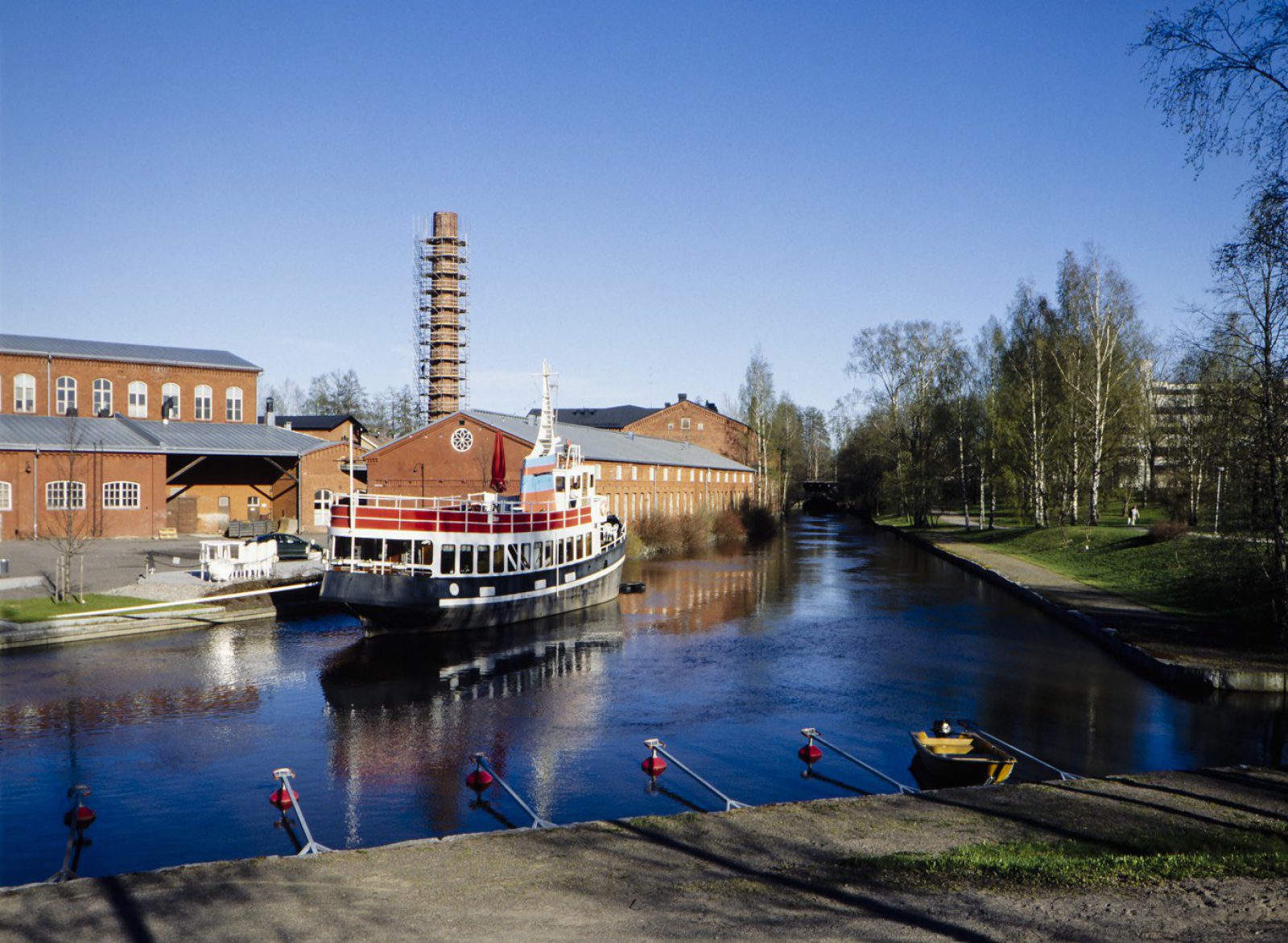
Cultural Routes of the Council of Europe programme
The Cultural Routes of the Council of Europe lead travellers interested in cultural heritage, culture and the arts on fascinating routes throughout Europe. For route operators, the programme offers an active, development-oriented cooperation network.
The objectives and themes of the Cultural Routes of the Council of Europe programme
The Cultural Routes of the Council of Europe programme was launched in 1987. Finland joined the Council of Europe’s Enlarged Partial Agreement on Cultural Routes (EPA) in 2018. The objectives of the programme include promoting better knowledge and understanding of European values and diverse cultural heritage, strengthening intercultural dialogue and developing sustainable cultural tourism.
There are currently a total of 48 certified Cultural Routes of the Council of Europe. The themes of the Cultural Routes include architecture, industrial heritage, religion, landscape heritage, European art, music and literature. The first Cultural Route managed out of Finland is the Alvar Aalto Route, which was certified in 2021. In addition to this, there are Finnish sites included on several other actively managed Cultural Routes, such as the Prehistoric Rock Art Trails, the Route of Saint Olav Ways and the European Route of Industrial Heritage. All Finnish sites can be found in the Council of Europe's Cultural Routes database.
A total of 90% of Cultural Routes sites pass through rural areas. The networks managing Cultural Routes can include cultural heritage sites, museums, travel companies, universities and research institutes, municipalities, civic organisations, cultural institutes and regional development companies. Cultural Route projects have also been developed around intangible cultural heritage.
Benefits of being a member of a Cultural Route network
Cultural Route projects offer opportunities for cross-border cultural development, tourism cooperation, networking and improving international visibility. The scientific basis of projects is backed by connections with relevant researchers and experts. The certification ‘Cultural Route of the Council of Europe’ is a quality label, which also improves opportunities to secure funding.
What does the certification require?
In order for a network to be certified as a ‘Cultural Route of the Council of Europe’, it must meet a number of requirements related to the theme of the route, fields of action and the management of the cooperation network. The key requirements are:
- The theme of the route must be common to at least three countries of Europe.
- The theme must have a scientific basis and be subject to practical research cooperation.
- The route network must develop sustainable cultural tourism.
- The route must lend itself to cultural and educational exchanges for young people.
- The route must promote better knowledge and understanding of European history, memory and cultural heritage.
- The route’s projects must be linked to contemporary cultural and artistic practice.
- The route must be managed by a party with a legal status, usually a registered association.
- The route network is financially viable and operates democratically.
The certification criteria are defined in greater detail in a 2013 Council of Europe Committee of Ministers resolution.
Application process and re-certification
The application is submitted to the Council of Europe by the party managing the route network. Re-certification can be applied for annually. The certification of new Cultural Routes is decided on by the Governing Board of the EPA, consisting of member states and supported by an evaluation report by an independent expert. Finland’s representative on the Governing Board is the Ministry of Education and Culture. The detailed schedules of annual application rounds are detailed on the Cultural Routes of the Council of Europe programme’s website. Certified ‘Cultural Routes of the Council of Europe’ are evaluated every three years with the support of an evaluation report by an independent expert. The regular evaluation reports help route networks to continue developing their operations.
It is also possible to apply for membership of the network of an already certified Cultural Route, in which case admission is decided by the party managing the route in accordance with their own rules. The Council of Europe’s website includes information on certified Cultural Routes and their representatives, whom those interested in a particular route can contact.
Subscribe to Newsletter
Want to know more about the Cultural Routes of the Council of Europe and development of cultural tourism in Finland? Subscribe to the newsletter produced by Finnish Heritage Agency. The newsletter is in Finnish.
Enquiries
Recording of the Reitillä kulttuuriperintöön webinar
Recording of the Kulttuurireitti webinar 12.9.2022
Anni Alho, anni.alho@museovirasto.fi, 0295 33 6443